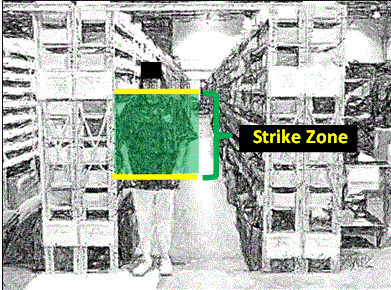Aug 31 2013
Misleading Graphics in Global Manufacturing Report from McKinsey
See on Scoop.it – lean manufacturing

The bubbles above are intended to represent global market share by gross value added in 2010 in the manufacturing of “global goods for local markets,” which includes appliances, automotive, chemicals, and pharmaceuticals.
The complete chart (see below) is a map of the world with a bubble for each of the top ten countries. From the point of view of graphic art, the chart looks professional; as a means of presenting data, however, it misleads.
From the center of the bubbles, you can see that China’s share is twice that of Japan, but the bubble is four times larger. This is because its radius is twice that of Japan’s bubble.
This is a perfect example of Tufte’s rule that you should not us a two-dimensional symbol to show one-dimensional data. Market share is one number. If you want to make an accurate graphic comparison of different countries’ market shares, use a bar chart. It would look as follows:
As most readers know where in the world the US, China, and Japan are, you can lose the map of the world. It looks great, but it adds no information.
See on www.mckinsey.com






Sep 1 2013
‘Lean’ Manufacturing Takes Root in U.S. | Fox News
See on Scoop.it – lean manufacturing
 It’s called “lean” manufacturing, and analysts say it enables managers to reduce redundancy, increase output and save capital that can be used to hire more workers.
It’s called “lean” manufacturing, and analysts say it enables managers to reduce redundancy, increase output and save capital that can be used to hire more workers.
This article in from April 29, 2011, but I just found it today. The facts are approximate, as you would expect from Fox News, but the video includes a good segment on a raku-raku seat in action and an interview of Jeffrey Liker.
Toyota’s system is also presented as centered on collocating designers, suppliers, sales and marketing by project, which says nothing about production… Incidentally, no one who has actually researched Toyota’s approach to product development describes it as collocating everybody.
Even the Liker quote about Toyota’s not having laid off anybody during the financial crisis, while formally accurate, does not take into account what happened with temporary workers. These workers do not have the tenured status of permanent employees, but some work for the company continuously for years.
See on www.foxnews.com
Share this:
Like this:
By Michel Baudin • Press clippings 0 • Tags: Lean, Lean manufacturing, Toyota, TPS